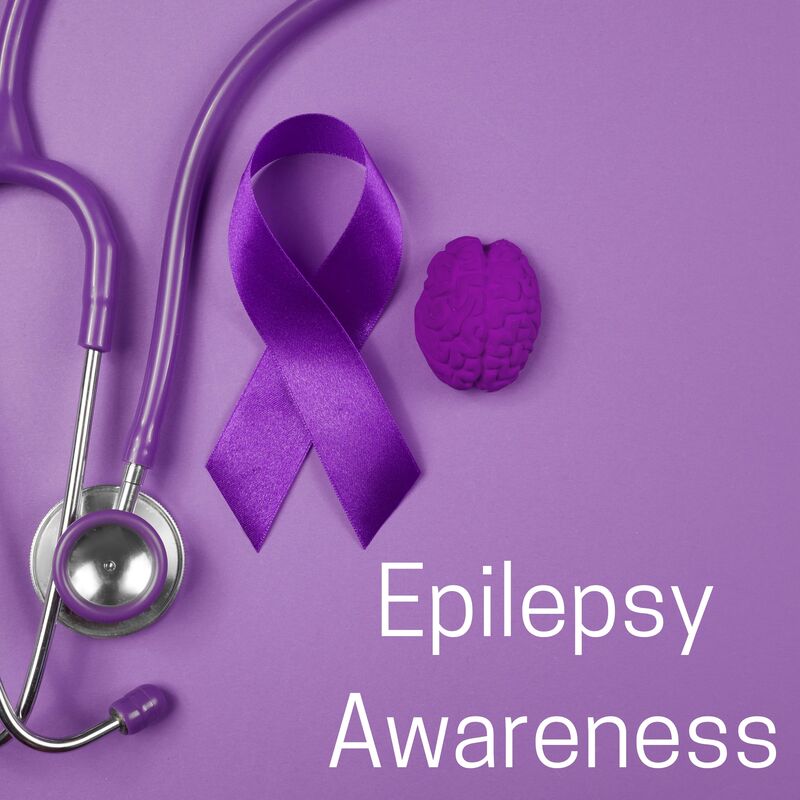|
11/8/2021 0 Comments Epilepsy AwarenessThere are over 330,000 Canadians that live with epilepsy, and one in ten Canadians will experience one seizure in their lifetime. Since November is Epilepsy Awareness Month, we thought we would share some information about epilepsy and how you can help someone when they may be having a seizure.
If someone has one seizure, it doesn't necessarily mean they have epilepsy. Epilepsy is diagnosed when multiple seizures occur. According to Epilepsy Canada, epilepsy and seizures result from abnormal circuit activity in the brain. In addition, brain development, brain inflammation, physical injury or infection can lead to seizures and epilepsy, but for up to 50% of patients diagnosed with epilepsy, their cause is unknown. If you see someone having a seizure, make sure not to panic. If you see someone having any type of seizure, here are some general steps to help:
When most people think of a seizure, they think of a generalized tonic-clonic seizure, also called a grand mal seizure. In this type of seizure, the person may cry out, fall, shake or jerk, and become unaware of what's going on around them. Here are things you can do to help someone who is having this type of seizure:
When someone is having a seizure, never do any of the following things:
This Epilepsy Awareness Month, spend some time educating yourself about epilepsy and learning how to help someone when they may be having a seizure with epilepsy first aid. It's always good to be prepared. Sources: https://www.epilepsy.ca/ Seizure First Aid | Epilepsy | CDC
0 Comments
Leave a Reply. |
CategoriesCategoriesAuthorJulianna Bonnett Archives
December 2023
Categories |
Search by typing & pressing enter



 RSS Feed
RSS Feed